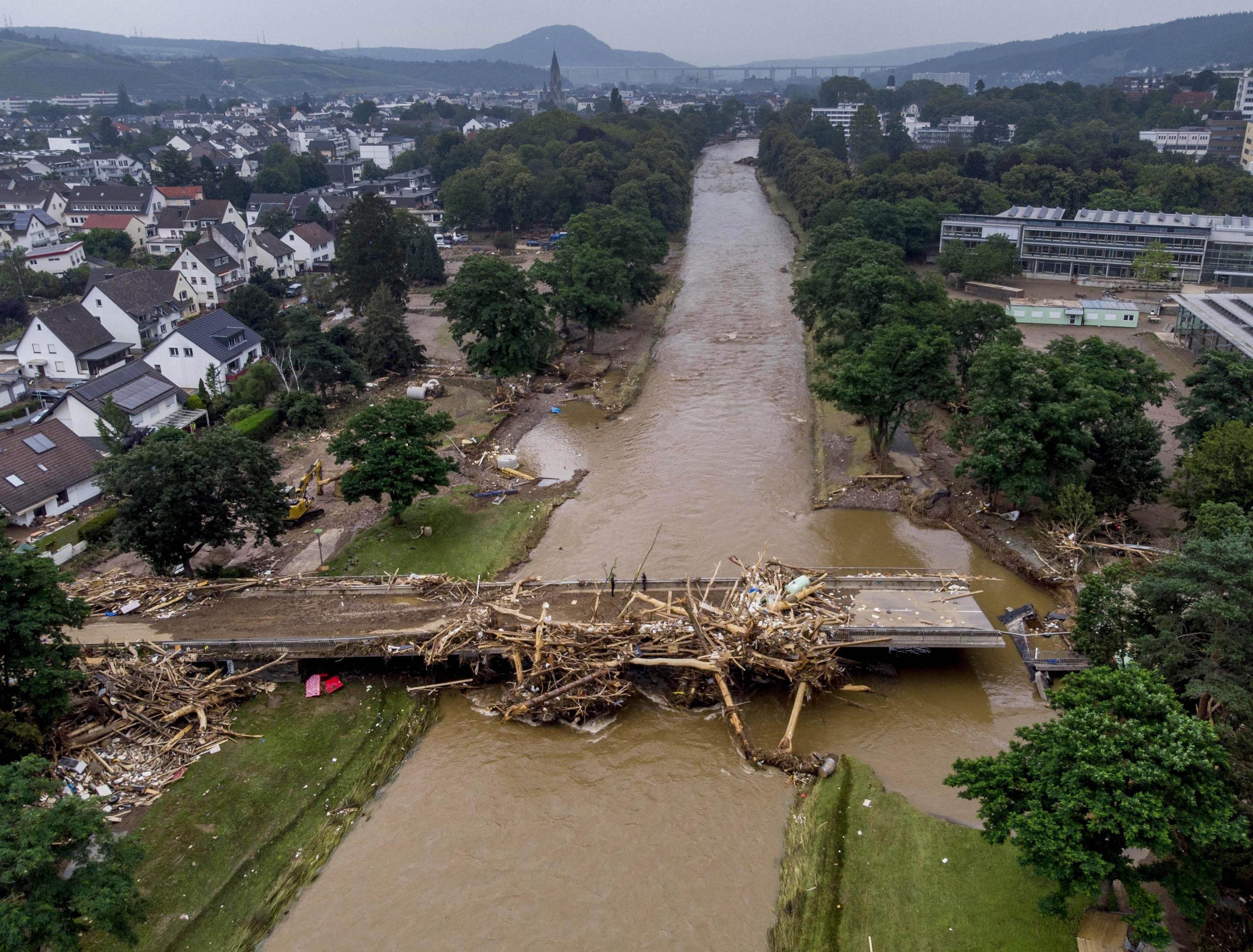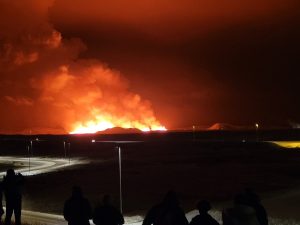With more than 150 people dead and the toll increasing every passing moment, the devastating floods in Germany and other parts of western Europe have been described as a “catastrophe”, a “war zone” and “unprecedented”.
Although how the floods have ravaged across the continent this year is overwhelming, Europe has been hit repeatedly by severe flooding in recent years.
While many European politicians have squarely blamed global warming for the disaster, some far-right parties have accused them of “instrumentalising” the floods to promote a climate-protection agenda.
ALSO READ | Why have the floods in Europe been so deadly?
“We cannot yet say with certainty that this event is linked to global warming,” German hydrologist Kai Schroeter told AFP, but “global warming makes events like this more likely”.
In technical terms, climate change means the earth is becoming warmer so more water is evaporating, which “leads to larger water masses in the atmosphere”, increasing the risk of intense rainfall, he said.
The IPCC has also said global warming boosts the likelihood of extreme weather events.
According to research from 2019, owing to global warming, there is a considerable increase in moisture in the atmosphere and change in the path and speed of rainstorms, which in turn leads to big changes in flood patterns across Europe.
The study shows “clear flood risk patterns across Europe that match the projected impacts of climate change,” said Günther Blöschl, lead author of the study, published on August 29, 2019, in the journal Nature, and director of the Centre for Water Resource Systems at the Vienna University of Technology.
Due to changes in speed and path of rainstorms, certain regions experience greater rain and swollen rivers, which might cause dams to fail if towns do not prepare for increased floods.
While rain and snowfall decreasing in other parts of the country, posing a new challenge: when flood danger diminishes, it may discourage investments in flood defences, leaving towns susceptible to less frequent but still destructive severe storms.
To assess the continent’s changing flood risks, a team of scientists from across Europe tracked the highest annual river flows at more than 3,700 stations over 50 years, from 1960 to 2010. In some of the local hotspots in northwestern Europe, they found the flows had increased by nearly 18% every decade. In other parts of Europe, flows had declined up to 23% per decade.
ALSO READ | What caused flooding in Germany?
“For each year, we picked the maximum discharge and looked at how these annual peaks change over time,” Blöschl said. He said the study is the first to clearly show regional patterns of flood magnitude across Europe driven by global warming.
Meanwhile, Ursula von der Leyen, the president of the European Commission, the executive arm of the European Union, too on Friday said that the flooding was a clear indication of climate change.
“It is the intensity and the length of the events that science tells us this is a clear indication of climate change,” Ms. von der Leyen said. “It shows the urgency to act.”







